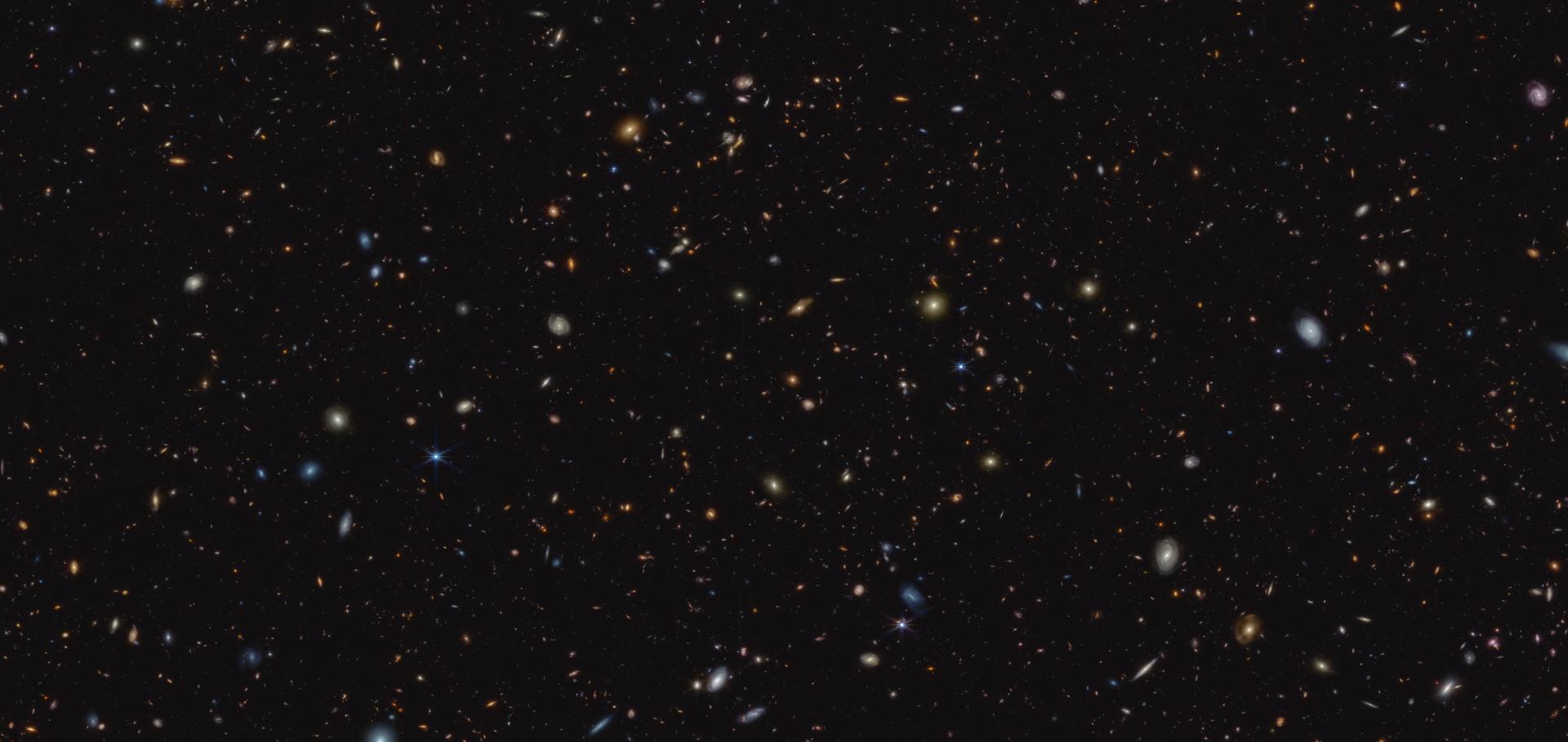Direct Constraints on the Extremely Metal-poor Massive Stars Underlying Nebular C iv Emission from Ultra-deep HST/COS Ultraviolet Spectroscopy
The Astrophysical Journal American Astronomical Society 930:2 (2022) 105
Investigating Clumpy Galaxies in the Sloan Digital Sky Survey Stripe 82 Using the Galaxy Zoo
The Astrophysical Journal American Astronomical Society 912:1 (2021) 49
Lyman-alpha spectroscopy of extreme [O iii] emitting galaxies at z ≃ 2-3: implications for Lyα visibility and LyC leakage at z > 6
Monthly Notices of the Royal Astronomical Society Oxford University Press (OUP) 503:3 (2021) 4105-4117
Metal-THINGS: On the Metallicity and Ionization of ULX Sources in NGC 925
The Astrophysical Journal American Astronomical Society 906:1 (2021) 42
How robustly can we constrain the low-mass end of the z ∼ 6−7 stellar mass function? The limits of lensing models and stellar population assumptions in the Hubble Frontier Fields
Monthly Notices of the Royal Astronomical Society Oxford University Press (OUP) 501:2 (2020) 1568-1590


